How do players of acoustic guitars, electric guitars, and basses store their instruments at home or on the go?
As for me, I don't keep my secondary guitar, which I play daily, in a case, but I always store my main guitar in its case with a humidity control agent and stand it up for safekeeping.
In summer, when humidity is high, one agent alone isn't enough to absorb all the moisture. My main guitar has a lacquer finish, which makes it more susceptible to moisture absorption, so getting through the summer has been tough. To make matters worse, the lacquer on the maple fretboard in the frequently played positions has chipped away, and if I place moisture-absorbing paper between the neck and the fretboard, it becomes noticeably damp within four or five days. The recent high humidity levels are quite alarming.
On the other hand, my practice guitar, which has a polyester finish, is much more resistant to humidity because it seals out air. So I don't store it in a case; I simply hang it on a guitar stand.
Now, do you all own a guitar stand?
Some of you might lean your guitars against the wall. You may think it's fine if the floor is stable, but is it really?
Generally speaking, some kind of guitar stand is an essential item. Not having one is as dangerous as driving a car without wearing a seatbelt.
Recently, earthquakes have been happening almost daily, from Hokkaido to Okinawa, regardless of the size. If a strong tremor hits, a guitar leaning against the wall will likely fall over easily.
A guitar stand can protect your instrument from such accidents.
Especially for guitars with mahogany necks, having a stand is essential. Many Gibson-style guitars are at risk of having their necks snapped if they fall onto a hard floor. If you visit a repair shop that handles many instruments, you’ll occasionally see guitars with broken necks being glued back together.
A broken neck drastically lowers the value of the guitar, and repair costs can be quite expensive. Depending on where it broke and the skill of the repair technician, the neck might break again, or worse, the guitar's playable life could be over.
Fender-style guitars with maple necks are stronger and generally safer, but even so, if a guitar falls and leaves an unnatural mark on the body, it’s disappointing. If the neck is damaged, it can affect how the guitar feels when you play it.
A guitar stand is a crucial item to prevent such troubles.
That said, it can be tough for beginners to justify spending thousands of yen on a stand. While putting your guitar back in its case after each session does reduce the risk, owning a guitar stand is still a must for any guitar owner. Even when you're not playing, simply looking at your favorite guitar can inspire improvement.
Depending on the person, let’s imagine three typical scenes for a gigging guitarist and explore guitar stands available at Sound House.
① At Home
If it’s your favorite guitar, a stand with a neck-locking mechanism is essential. While it may take up a bit more space, it ensures the safety of your guitar and helps maintain the motivation to play by keeping the guitar in view.
Here’s a recommended option:
HERCULES STANDS / GS414B PLUS Guitar Stand
With a Hercules guitar stand, after playing, you can quickly place the guitar on the stand with one hand, and it locks in place instantly. This "auto-locking neck" feature is incredibly secure. I've been using this type for about 15 years, and I've never encountered any issues, so I have absolute confidence in it. It's also convenient for gigs, as it can be folded up and easily loaded into a car.
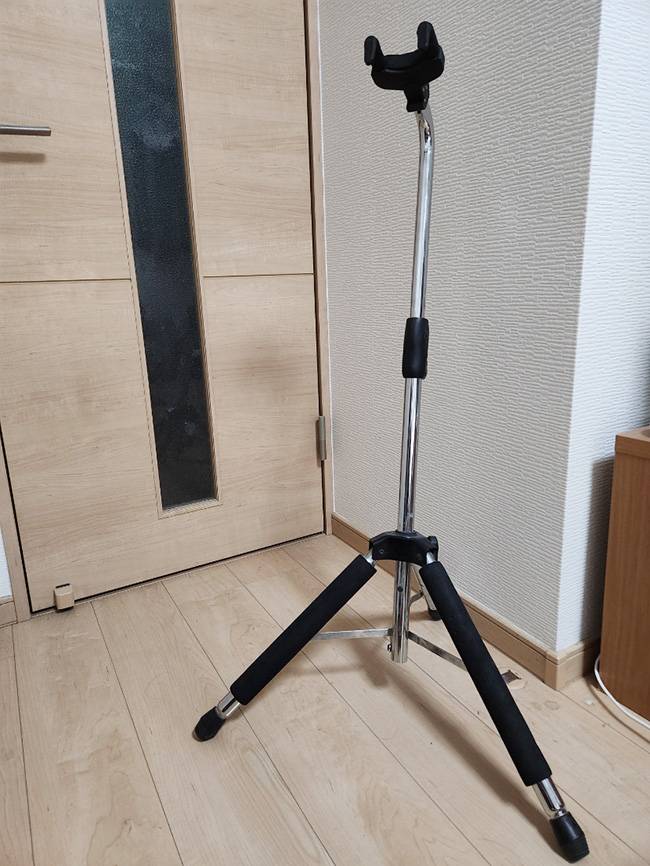
I purchased my Hercules guitar stand from Sound House over 10 years ago, and it's still going strong. There’s no sign of it breaking at all. In fact, I own three of the same model.
There's also a product called the HERCULES STANDS / GS432B PLUS, which can hold up to three guitars. It really makes the guitars look *COOL*. I remember seeing a photo in Young Guitar magazine of Warren DeMartini from Ratt using this type of stand during his visit to Japan, and it made his guitars look stunning on display.
For guitarists who own three main guitars, this stand is a fantastic recommendation, offering both style and functionality.
② In the Studio
Many rehearsal studios provide guitar stands, but often they lack neck stoppers. In tight spaces, where vocalists or other band members may move around energetically, there’s a risk of the guitar getting knocked over. A smart and cost-effective solution is to bring a few wide rubber bands (about 5mm thick) and secure them around the neck area of the stand. This simple fix can stabilize the guitar, and it costs less than 100 yen.
The guitar stand shown in the picture is a high-end TAMA model, which at the time was considered top-of-the-line and priced at around 6,000 yen.
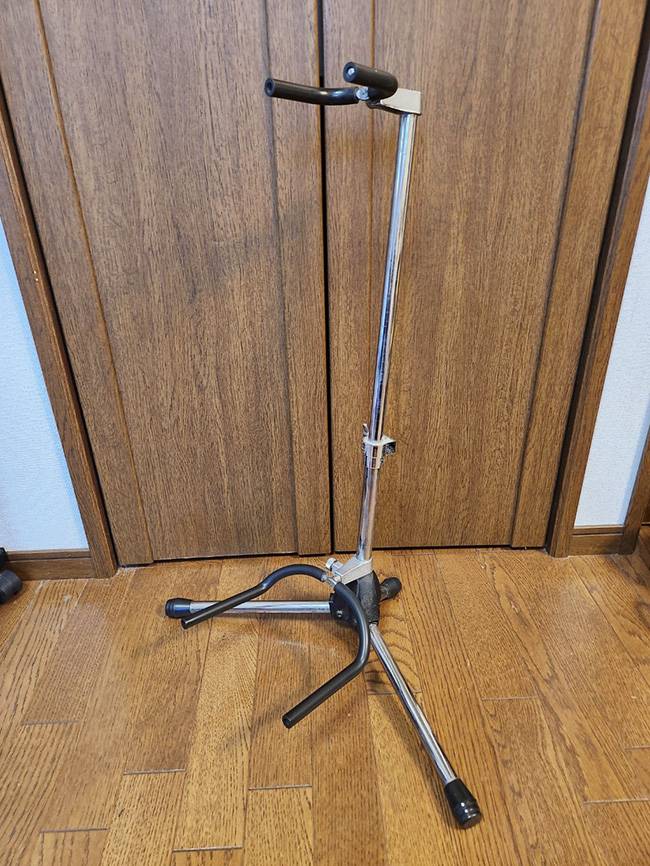
The TAMA guitar stand from the 1980s was incredibly durable and built to last.
The current models sold at Sound House are an upgraded version of this classic design.
③ At Live Music Venues
Most guitarists reading this likely aren't playing at "elite, pro-level venues" with spacious setups. Instead, we often have to stand by in cramped areas like narrow hallways, which introduces the risk of *leaning* guitars against walls—an extremely dangerous move.
To avoid this, it’s wise to tuck a portable stand into your guitar case. A simple, foldable stand can save your guitar from potential damage in these tight spaces.
For example, a portable electric guitar stand is a practical solution that’s easy to carry and quickly set up, offering essential protection during live performances.
The foldable Hercules guitar stand is incredibly convenient. While it may topple easily if pushed from behind, it remains very stable when pushed from the front, thanks to its design. As shown in the photos, the stand has an angled structure, which does take up a bit more space, but its foldable nature makes it easy to transport along with other equipment. If you use it specifically for gigs or sessions, it can easily last over 10 years due to its durability.
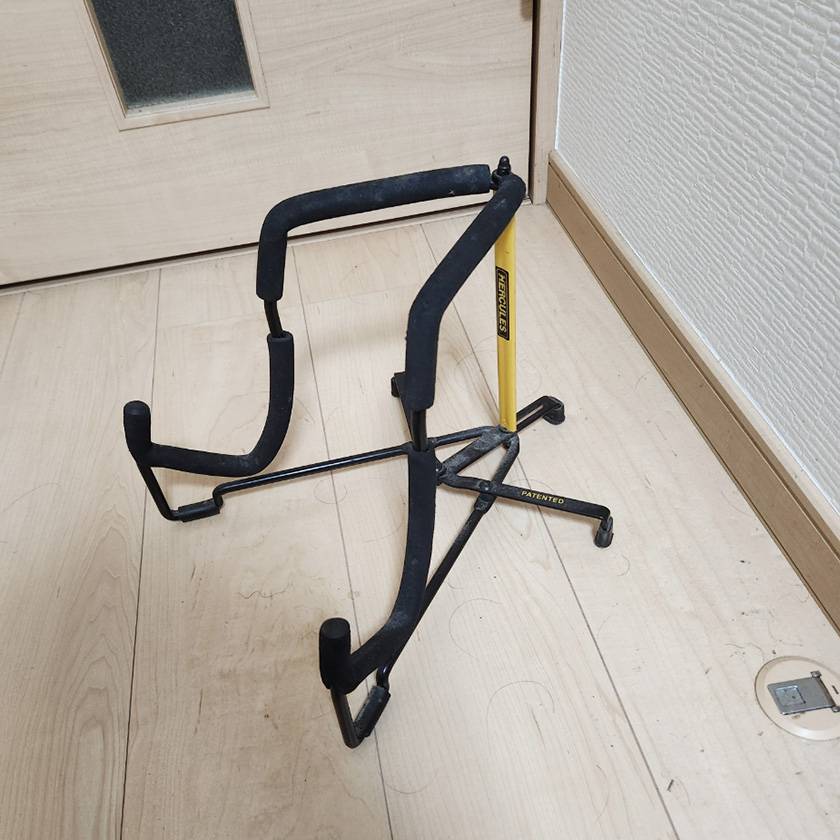
A foldable guitar stand that fits into a large business bag offers surprisingly good stability. Despite its compact size, it provides more support than you'd expect. This is another reliable product I purchased from Sound House.
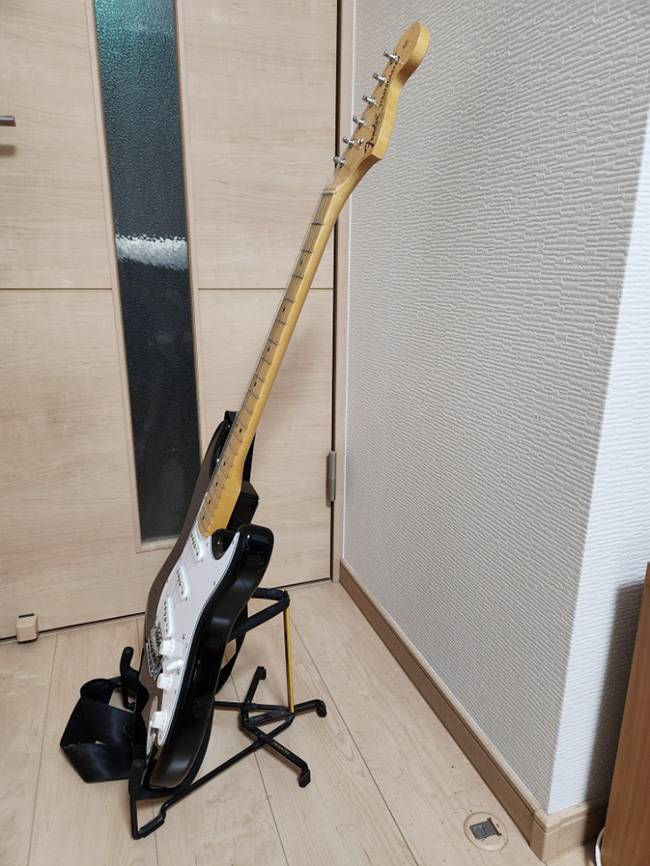
A foldable guitar stand, when holding a guitar, actually has more depth than you'd expect.
For guitarists who switch between multiple guitars daily, a stand that holds 3 to 8 guitars at an angle is an excellent match. This type of stand allows for easy access and is ideal for professionals or players who frequently change guitars.
FENDER / Classic Series Case Stand, Black, 3 Guitar
I recall seeing on TV that Japanese artist Masayoshi Yamazaki, who owns dozens of guitars, built his own multi-guitar stand for convenience. It seems that this type of stand is particularly useful for professionals with their own studios.
Nowadays, more and more people are taking up the tools to repair or modify their guitars. A repair technician I know invests heavily in a guitar repair station, rather than just a guitar stand.
One such product available at Sound House.
The repair technician recently purchased this stand and, with a smile, mentioned that it has "increased repair speed by 20%." While it may seem expensive for amateurs, this guitar stand-style repair station allows for calm, focused work, making it incredibly comfortable. It's essentially a "guitarist's version of a study desk." For those who enjoy modifying their guitars, it might be worth considering.
When it comes to guitar stands, it's important to choose the right one based on your specific needs. At Sound House, you'll find a wide selection, from stands designed with safety in mind, budget-friendly options, and cool designs, to stands perfect for live performances or even repair work. If you feel the need for one, take your time exploring the site and find the perfect fit for your situation.
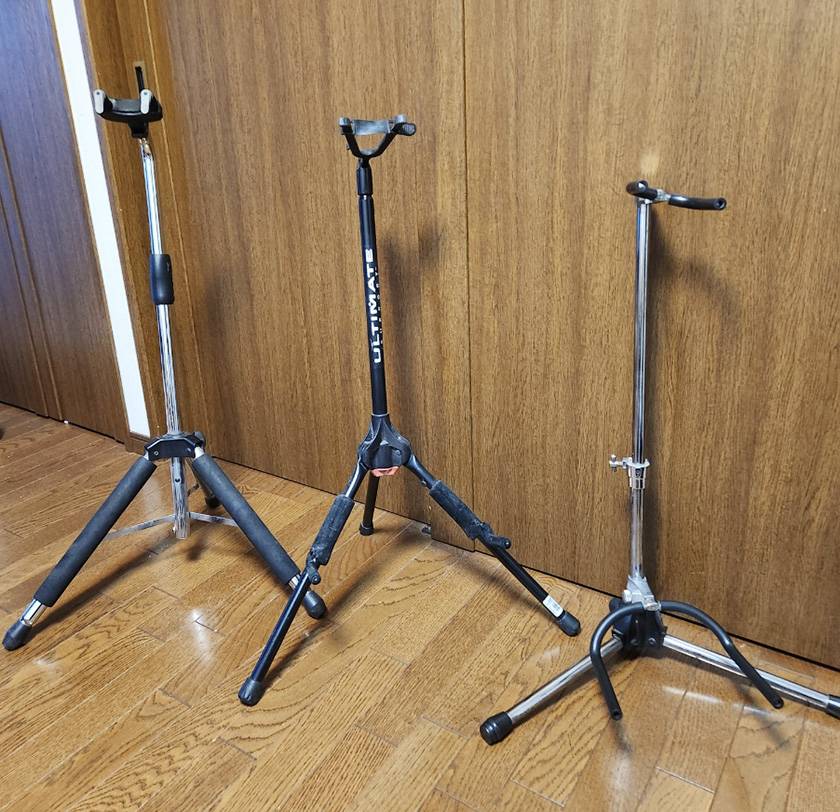
From the left, we have older models of Hercules, Ultimate, and TAMA guitar stands.
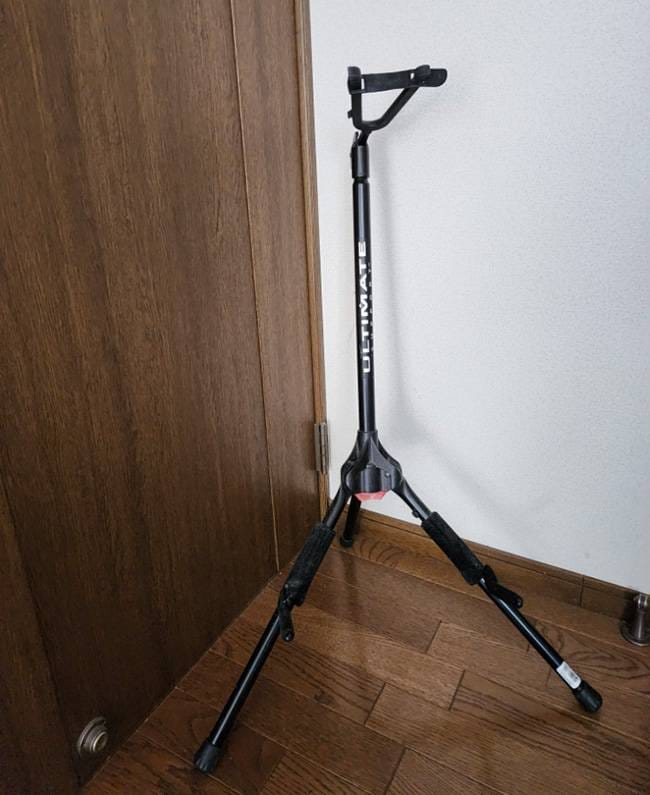
The Ultimate guitar stand, in particular, now comes equipped with an automatic neck-locking mechanism in its current models.
The “sound & person” column is made up of contributions from you.
For details about contributing, click here.





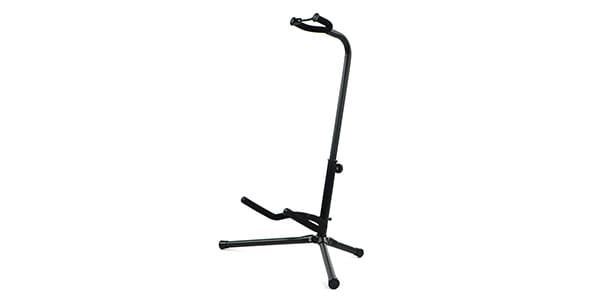

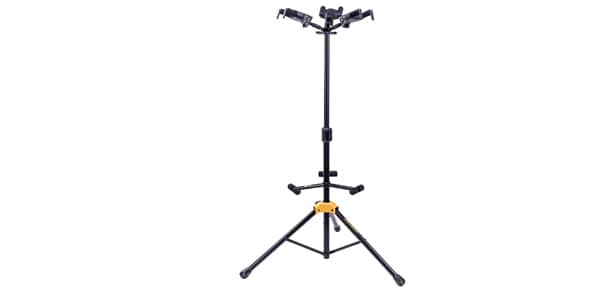
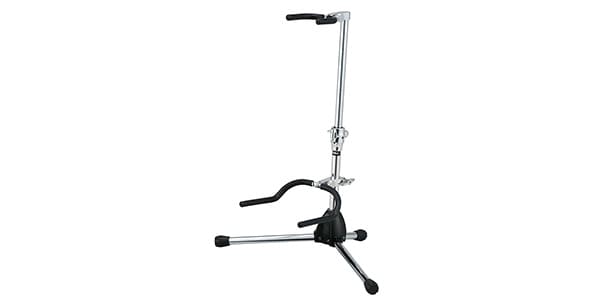
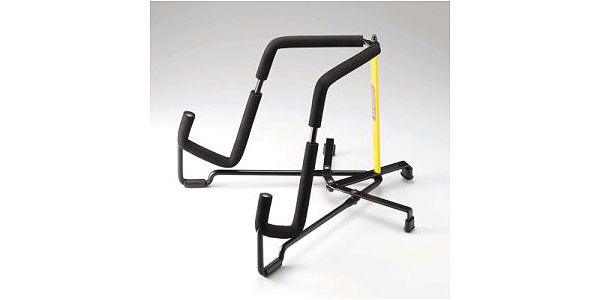
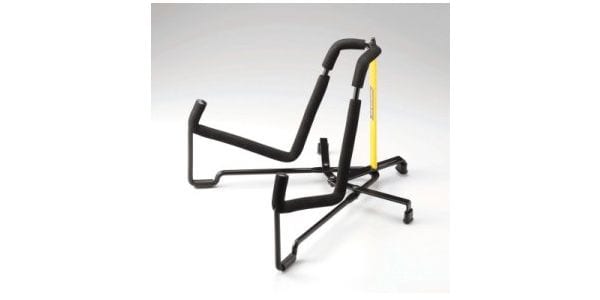
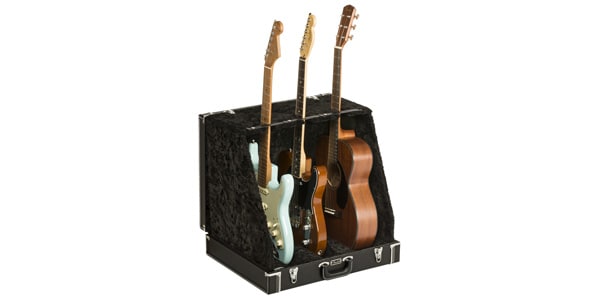
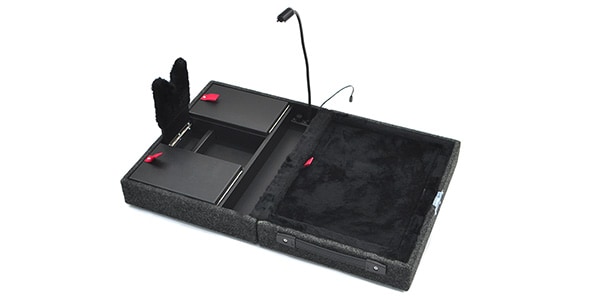












![[Guitar Guide] 3 Recommended Handy Items](/contents/uploads/thumbs/5/2022/4/20220419_5_17555_1.jpg)

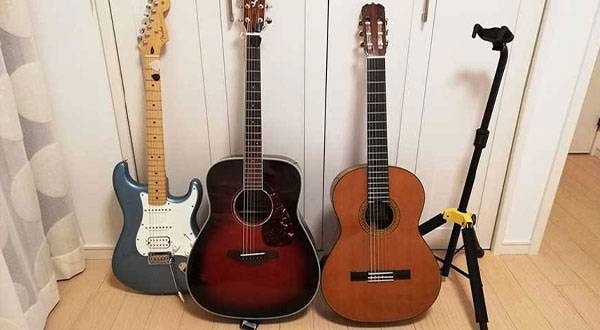

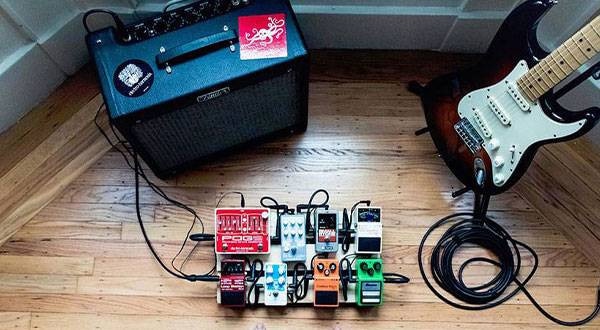
 FENDER(フェンダー)ブランドサイト
FENDER(フェンダー)ブランドサイト
 ギター初心者ゼミ
ギター初心者ゼミ
 ギター 初心者講座
ギター 初心者講座
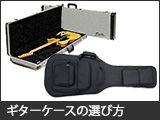 ギターケースの選び方
ギターケースの選び方
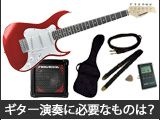 ギター演奏に必要なものは?
ギター演奏に必要なものは?
 ギタースタートガイド
ギタースタートガイド















